ASRock Fatal1ty X79 Champion and X79 Professional Review: From a Gamer to Gamers
by Ian Cutress on February 9, 2013 10:30 AM EST- Posted in
- Motherboards
- ASRock
- Fatal1ty
- X79
ASRock X79 Fatal1ty Software
The big feature ASRock always wants to promote is its XFast platform – XFast USB, XFast LAN and XFast RAM. This trio of features have been a constant addition to any ASRock motherboard over the past twelve months, and promise up to 5x performance in each of the areas (although benchmarks are cherry picked to get that 5x speedup). When XFast meets Fatal1ty, part of me secretly hoped for “XFatal1ty” software to integrate all the features. No such luck, though the regular software platform does get a new red and black skin along with an extra Fatal1ty specific feature.
The Driver CD gets the Fatal1ty treatment – when selecting which drivers and software to install, Wendel’s face greets you on every screen. Thankfully choosing which drivers and software to install is a quick affair and the process completes automatically, leaving the user to go off make a hot drink rather than make eye contact.
The main hub of the software platform comes from the ASRock eXtreme Tuning Utility, which for the purposes of the Fatal1ty motherboards is called F-Stream Tuning, but it is essentially the same program with a red and black skin.
F-Stream Tuning
Much like its parent AXTU, F-ST features several menus including a hardware monitor, fan control, an overclocking menu, an energy saving menu and the XFast RAM selections. The Fatal1ty exclusive component is in the Fatal1ty Mouse Port option:
If a user has a USB mouse capable of being polled at more than 125 Hz, then this software enables that setting through a specific motherboard port designed to be polled at the higher frequencies. The benefits of having a mouse that can be polled 1000 Hz is debatable at best, depending on the frame rate and responsiveness of the game in question (e.g. at V-Sync, the mouse input is processed as if it were at 60 Hz), but it is there if needed.
On the fan control side of the software, our basic ASRock controls are still at play – the CPU fans and first chassis fan are offered target temperatures and fan target speeds, with all other fan headers having fan target speeds. It is a little uncertain what the ‘target speed’ actually does due to the lack of explanation – does it define the fan speed after the target temperature, or will the fan be at 100% above the target temperature such that the target speed defines the fan profile below the target temperature? Or is it just a single fan speed above/below the target temperature? Fan controls this basic are practically pointless, especially when the motherboard has access to the fan RPM, temperature sensors and power output to all the fan headers. With some clever software manipulation, it would be easy to create an all-singing, all-dancing fan software application. No such luck with the ASRock X79 Fatal1ty boards.
Overclock settings via F-Stream are also a little odd like the fan controls. The software behind the overclock settings was developed before turbo boost became a regular CPU feature and idle CPU states came into play. This means that this part of the software will always take the current CPU speed and voltage settings as the common settings, even if the system is idling. As shown in the picture below, it thinks we are at 1200 MHz all the time. CPU voltages are only changeable in terms of offset, and there is no indication as to what the current voltages, speeds or temperatures are. Time for an upgrade, ASRock!
XFast RAM is actually a smart feature I like on these ASRock boards. It allows users with a lot of memory to partition some of it away as a fast (5+ GBps read/write) storage device and quick cache, meaning all those temporary files created by various actions are put somewhere quick to be accessed again. ASRock offers the ability to enable Ready Boost through this feature, as well as change settings to adjust system and IE temporary files. For any system with 16GB+ of memory, it might be worth partitioning 4 GB into something like this.
XFast USB
We have played with XFast USB for many months now, and the premise is simple – the basic Windows 7 USB drivers were written many years ago, and now we have the option to speed up those protocols. XFast USB, when enabled and a USB storage device is inserted, implements its driver to take advantage of Bulk Only Transfer (BOT) commands. This technically speeds up mass transfer across the USB interface (USB 2.0 and USB 3.0) at the expense of individual file latency. In our testing it makes a significant improvement on USB 2.0 and USB 3.0 in Windows 7, although it is worth mentioning that some other manufacturers also have their own implementations of something similar to XFast USB.
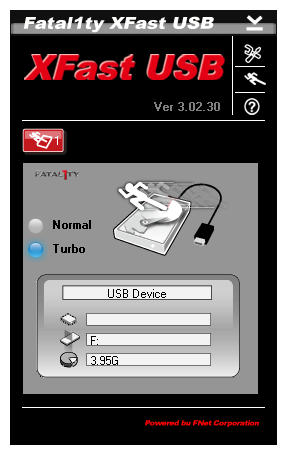
XFast LAN
XFast LAN (aka cFosSpeed) is an advanced network port manipulation tool, designed for monitoring, prioritizing and adjusting network traffic all via software. For anyone other than ASRock, this is a 9.90 Euro purchase, but ASRock has a bulk licensing deal for every one of their motherboards, and helps users to adjust certain programs for priority data travel over any network interface on the motherboard.
Marvell Storage
As the ASRock X79 Fatal1ty motherboards both use Marvell controllers to increase the SATA 6 Gbps port count, included in the package is the Marvell Storage Management panel. Accessed via the web interface, the software allows the user to manage the RAID setup across the ports, AES and HyperDuo (the Marvell version of SSD Caching).


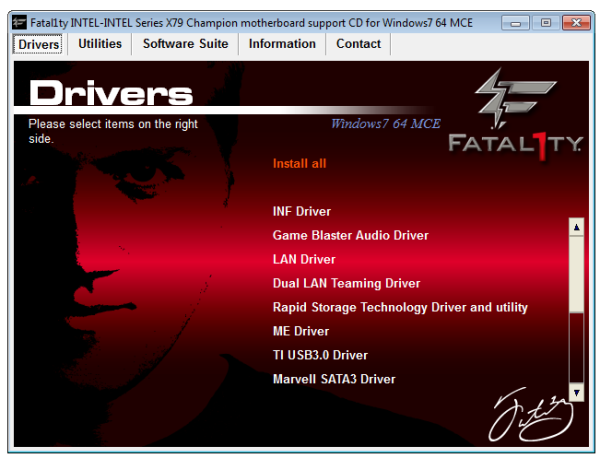
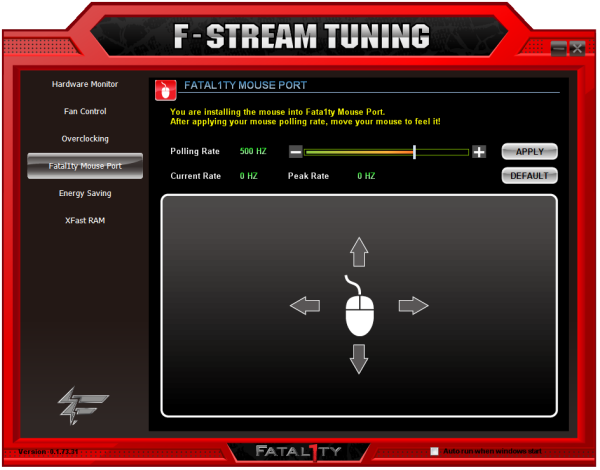
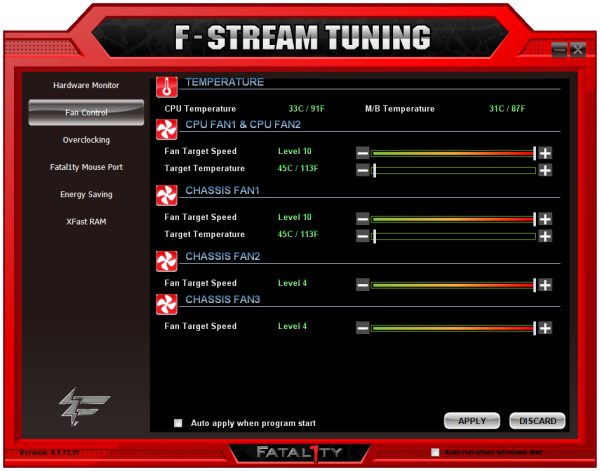
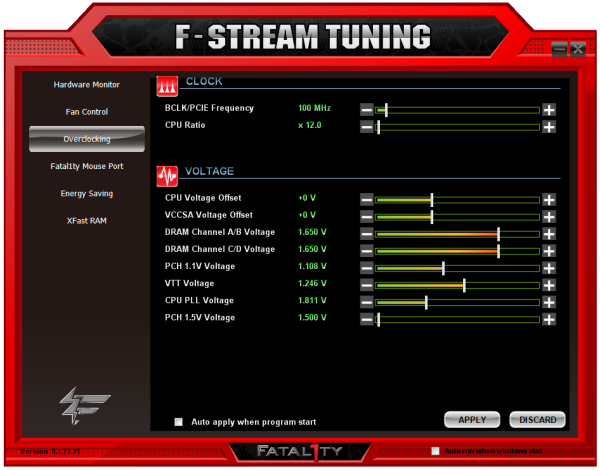
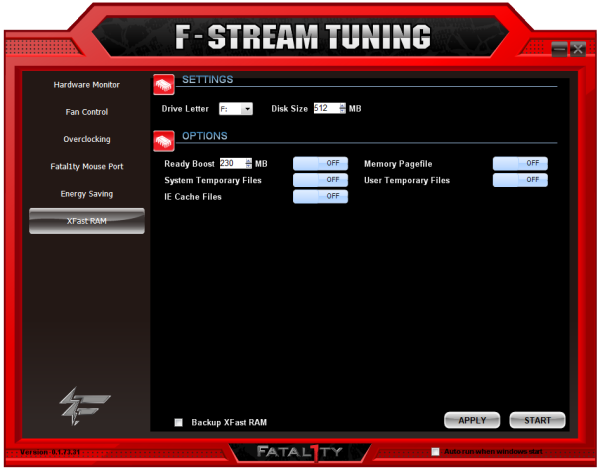
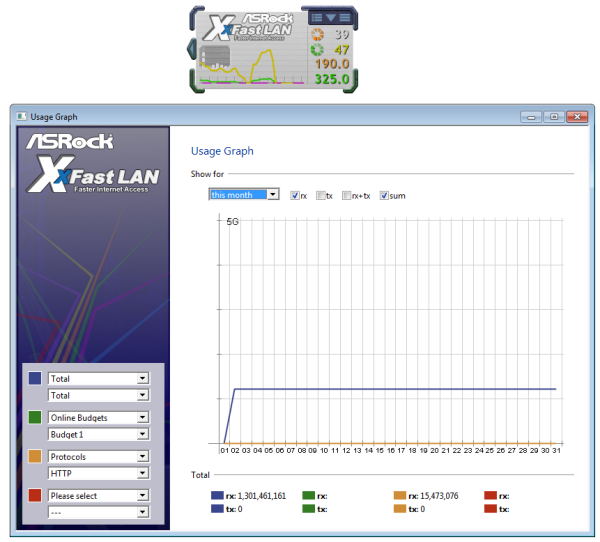
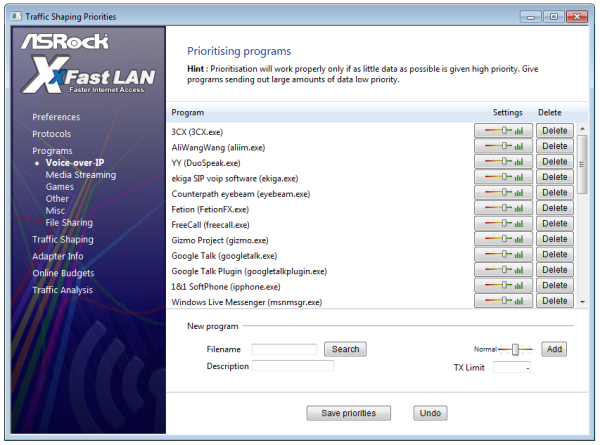

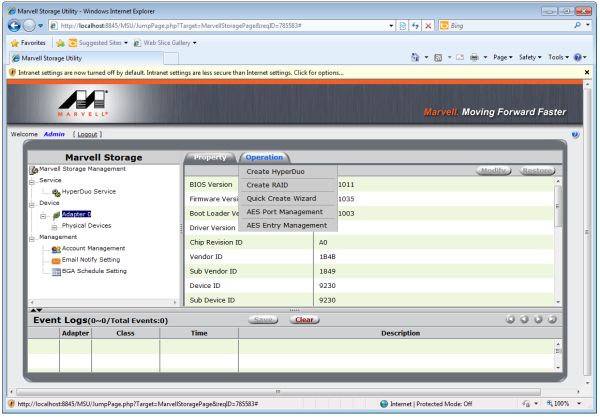














71 Comments
View All Comments
dgz - Monday, February 11, 2013 - link
Thresh is making big bucks in other areas. Their latest company provides quality product for big business.KoolAidMan1 - Sunday, February 10, 2013 - link
Warcraft 3 was bigger than Quake 3 ever was, and this is before we eve get into the massive DOTA scene. DOTA in China right now is bigger than Brood War, SC2, CS 1.6, and League Of Legends combined, and any of those individual games dwarf Quake 3 in popularity.Grubby hasn't won anything in Starcraft 2 so far, but he's been placing higher with almost every new tournament he competes in and he is a very well liked and respected player. His name on a product would easily help to sell it.
dgz - Monday, February 11, 2013 - link
While WC3 was indeed big, it was all dota after 2004-2005. You guys know it's true.Quake 3 community never consisted millions of players but it remained the ultimate duel shooter for how many years now? How many people drive F1 again?
dawp - Sunday, February 10, 2013 - link
[qouote]The Fatal1ty branded boards were ‘designed by Abit, but game-tested and approved by Fatal1ty’ up until socket 775 and FM2.[/quote]don't you mean AM2 there since FM2 wasn't around when Abit was?
TeXWiller - Sunday, February 10, 2013 - link
and ECC support. One might be able to forge workstations out of these.yzkbug - Sunday, February 10, 2013 - link
Is this you, Johnathan 'Fatal1ty" Wendel?JeBarr - Sunday, February 10, 2013 - link
Like many high end gaming boards, these two cram on the extra features that almost no gamer would ever use.Does anyone think that Johnny Wendel would use even half of the USB 3.0 and Sata III 6.0GB/s ports?
I don't.
Would even the most competitive gamer and power-user require such an amount of extra features for their at-home system?
Probably not.
I can see the need for extra PCIe x16 slots, for obvious reasons.....but legacy PCI slots on the Pro model is just ridiculous. Give me an extra PCIe 2.0 x1 or x4 slot instead. Get with the times, geez.
And how about these high end gaming boards with creative audio chip on-board? Right, because everyone knows it's such a great idea to have an audio amplifier mixed in with all the traces. I mean, seriously, just get rid of the extra unused PCI slots and put PCIe slots instead so I can add my own sound card....geez.
Tech-Curious - Sunday, February 10, 2013 - link
Yeah, I would expect a motherboard aimed particularly at gamers to be stripped down on features, with extremely high-quality components supplying the features that are important.The review sorta makes that very point, when it compares the Fatal1ty mobos to their Asus analogues -- quality over quantity of features.
That said, motherboards in general seem to be over-featured, and there is a segment of the market that would (understandably) balk at paying high-premium prices for a motherboard without all possible bells and whistles. But perhaps those two points only tend to suggest that motherboards are a bad fit for a pro-racer-style marketing campaign: motherboards don't tend to contribute all that much to the overall performance of a computer system, beyond a relatively low threshold of quality. Whatever difference motherboards do make tends to be overwhelmed by the performance attributes of other components, and so motherboard manufacturers feel compelled to add features to motherboards to differentiate their products from their competitors'.
Don't get me wrong: the motherboards reviewed in this article are high-end, performance-oriented parts, but they fit that description in large part because they use a socket-2011 chipset (and therefore they must be paired with a top-of-the-line CPU). That in itself is a bit of a head scratcher, IMO, because there's no compelling evidence to suggest that the LGA-2011 CPUs are noticeably better than the i7 3770k in a gaming context. Where the 2011 platform shines is in heavy-duty high-threaded workloads.
The long and the short of it is that ASRock's branding an LGA 2011 motherboard around a pro gamer is a little like a car company branding a luxury sedan around Jeff Gordon.
dgz - Monday, February 11, 2013 - link
Who the hell is this Jeff Gordon guy? Never heard of him. Quite a few F1 and rally guys are used to promote regular cars.JlHADJOE - Monday, February 11, 2013 - link
Which regular cars? Almost every car I know that has a racing driver's name on it has been pretty sporty.Alfa Romeo Spider Veloce Niki Lauda
Ford Mustang McLaren
Caterham JPE (Jonathan Palmer Edition)
Acura/Honda NSX Zanardi Edition
McLaren Mercedes SLR Stirling Moss
Subaru Imprezas in Colin McRae, Richard Burns and Peter Solberg editions
Mitsubishi Lancer Evolution 6.5 Tommi Makinen Edition